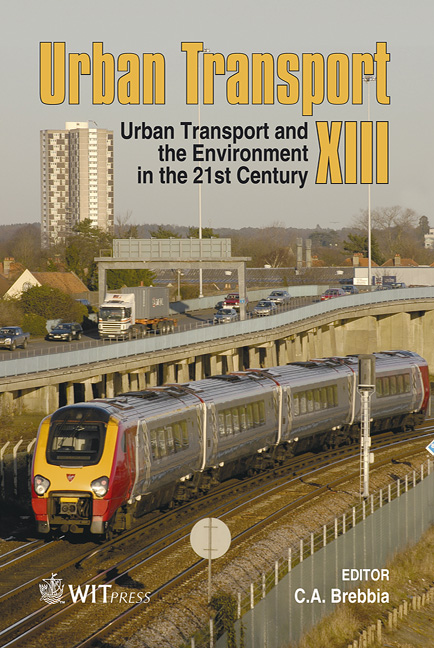Setting For Compact Roundabout Optimal Lighting Plans
Price
Free (open access)
Transaction
Volume
96
Pages
10
Published
2007
Size
1550 kb
Paper DOI
10.2495/UT070431
Copyright
WIT Press
Author(s)
A. Pratelli
Abstract
This paper describes a method for choosing the optimal lighting plan related to roundabout dimensions. The method has been set up taking into account various illumination requirements and recommended standards, lighting apparel features and roundabout geometric characteristics. Moreover, the comparison between the central island solution and the perimetric location is completed by the inclusion of an estimation of the specific costs and related savings. All experimental findings are summarized into diagrams and tables allowing the designer to make the most proper lighting plan for a given design value of the inscribed diameter D, or vice versa. Our results are extended to values of D ranging from 20 to 38 m and therefore the whole range of compact roundabouts is covered. These experimental results seem to confirm that the central solution is the best lighting practice for any compact roundabout. Keywords: compact roundabouts, roundabout illumination requirements, best lighting practice. 1 Introduction An unlit roundabout with one or more illuminated approaches is dangerous, because drivers approaching on an unlit branch will be attracted to the illuminated areas and may not see the intersection. A roundabout operates safely when drivers are able to perceive the general layout and operation of the roundabout in time to make their adequate manoeuvres, both during day and night. Therefore, one must provide an appropriate lighting of all roundabouts. It is well known that modern roundabouts are classified by the dimensions of their inscribed circle diameter, D, as follows: a) mini-roundabouts, when D is less than 20 metres; b) compact roundabouts, for D of 20 to 38 metres; c) large,
Keywords
compact roundabouts, roundabout illumination requirements, bestlighting practice.





